The origin of the name johnnycakes (jonnycakes) is something of a mystery and probably has nothing to do with the name John. They were also called journey cakes because they could be carried on long trips in saddlebags and baked along the way. Some historians think that they were originally called Shawnee cakes and that the colonists slurred the words, pronouncing it as johnnycakes. Historians also think that "janiken," an American Indian word meant "corn cake," could possibly be the origin.
The settlers of New England learned how to make johnnycakes from the local Pawtuxet Indians, who showed the starving Pilgrims how to grind and use corn for eating. When the Pilgrims landed at Plymouth in 1620, most of their wheat brought from England had spoiled on the long voyage. It is said that Myles Standish (1584-1656), the military leader of the Plymouth Colony, discovered a cache of corn stored by the Indians.
An Indian named Tisquantum (1585-1622), also known as Squanto, was helpful in the settlers' survival during the winter of 1621. Tisquantum was one of five Indians taken to England in 1605 by Captain John Weymouth, who was employed by Sir Ferinando Gorges of the Plymouth Company and set out to discover the Northwest Passage. In 1614, Tisquantum was brought back to American, assisting some of Gorges' men in mapping the New England coast. Tisquantum lived out the rest of his life in the Plymouth Colony teaching the settlers how to grow corn, pound corn into meal, and how to cook with it. He also acted as interpreter and guide.
Johnnycake Recipe
1 cup white cornmeal,3/4 teaspoon salt,1 cup water,1/2 cup milk,Bacon drippings
In a medium bowl, place cornmeal and salt.
In a medium saucepan over high heat, bring water to a rapid boil; remove from heat. With the saucepan in one hand, let the boiling water dribble onto the cornmeal while stirring constantly with the other hand.
Stir the milk into the mixture (it will be fairly thick, but not runny).
Generously grease a large, heavy frying pan - a cast iron skillet works well-with the bacon drippings and heat. When pan is hot, drop the batter by spoonfuls. Flatten the batter with a spatula to a thickness of approximately 1/4 inch. Fry until golden brown, turn, and brown on the other side (adding more bacon drippings as needed).
Serve hot with butter, maple syrup, or applesauce.
Makes 4 servings.
Welcome To Pilgrims and Pioneers!
After many years of researching my family geneaology I have been lucky enough to discover actual information about my relatives that lived in the Pilgrim Era and the Pioneer Era- while many people also have realtives from those eras- many do not know their names or where they lived- actually seeing the proof in print makes you much more aware of who they really were.
After discovering these relatives it of course made me curious to learn more about the eras that they lived in and what their lives were like as, the history I learned in grade school had long since been forgotten.
I decided to start this blog for others who are also interested in these eras.
Some of the information here will be actual facts about my realtives and some will be information about the eras in general that I have found on the web.
I hope you will enjoy traveling back in time with me!
After discovering these relatives it of course made me curious to learn more about the eras that they lived in and what their lives were like as, the history I learned in grade school had long since been forgotten.
I decided to start this blog for others who are also interested in these eras.
Some of the information here will be actual facts about my realtives and some will be information about the eras in general that I have found on the web.
I hope you will enjoy traveling back in time with me!
Friday, May 8, 2009
Subscribe to:
Post Comments (Atom)
Prairie Wild Morning Glory

Prairie Phlox

Prairie Sundrops

The Famous Rock!
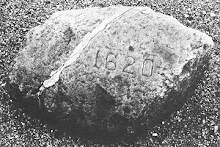
Plymouth Rock dated 1620
Plimoth Plantation
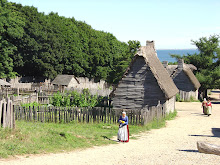
The Village
Plimoth Plantation

A Keeping Room






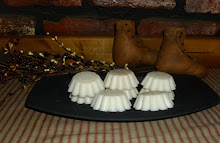


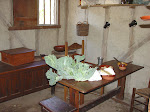
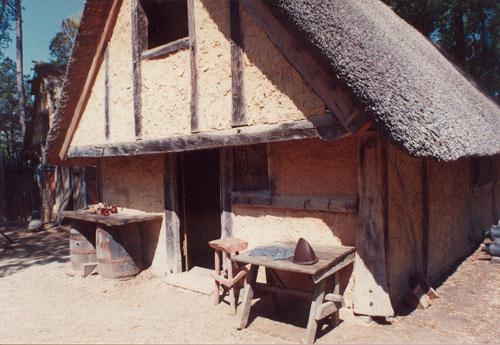
2 comments:
Very interesting information. Thanks for posting it.
We make something similar, fried mush! I guess it is really Johnnycakes and they are good!
Post a Comment